Home Depot is a staple chain used by millions of Americans for their projects, being DIY, home improvement, décor etc. In this article we’ll list and describe 15 alternative stores similar to Home Depot which can be great options for home-owners or professionals alike.
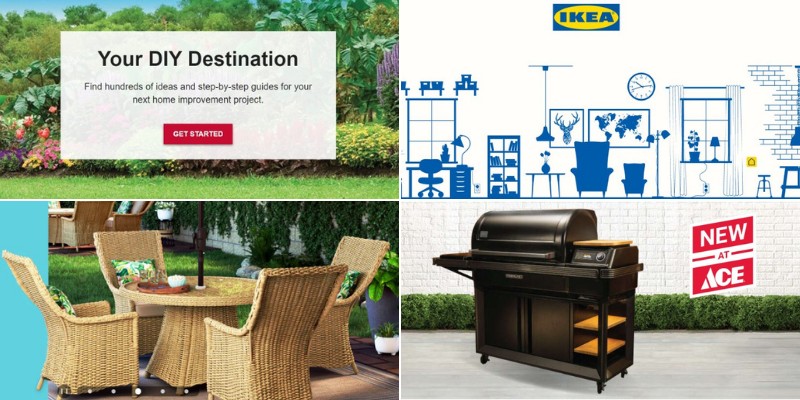
House Beautiful magazine takes seriously its mission to cater to readers who are proud do-it-yourselfers.
It therefore stands to reason that editors studied people who take charge of home repair, decorating, and building projects.
Here are the seven personality types editors and researchers came up with. Where do you fit?
Are you…
- The reluctant DIYer with a modest stash of brushes, rollers, and tools, many of which are gathering dust?
- The obsessive fixer upper who lives by this adage: “If a job’s worth doing, it’s worth doing well”?
- An impulsive DIYer who sees a project waiting to be started and jumps in immediately?
- A klutz who possesses more enthusiasm than skill, but you’re willing to try anyway?
- The consummate planner? Do you prepare for your project like a general going into battle?
- The overwhelmed DIYer who wants to jump in, but fear of failure leads to procrastination?
- The person who starts a job enthusiastically but then loses interest and never finishes it?
What do all of these DIYers have in common?
They turn to Home Depot (HD) for supplies, advice, and good pricing because it is the most recognizable big box store devoted to the needs of fixer-uppers and contactors working for homeowners who would just as soon pay someone else to take charge.
Launched in 1978 during a coffee shop conversation between Bernie Marcus and Arthur Blank, the entrepreneurs scared up funding from bankers and opened their first two locations in Atlanta, Georgia in 1979.
More than a supply hub, Home Depot offers DIY clinics, customer workshops and one-on-one sessions with professionals who know more than how to direct shoppers to the appliance section.
Further, the company devotes some profits to The Home Depot Foundation, a charity serving community and veterans’ needs.
Having adopted orange as the chain’s signature color, it’s easy to identify this store, but did you know that there are plenty of other retailers eager to compete? We introduce you to 15 stores like Home Depot so let’s see them below.
Note that the ranking below is in no particular order.
1. Lowe’s
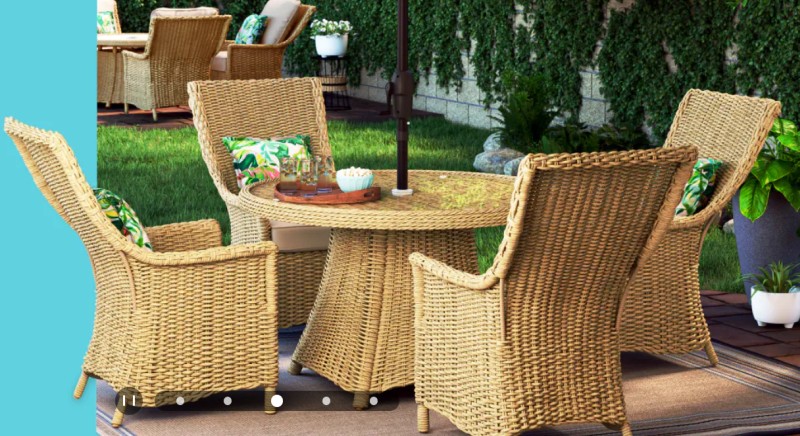
Once a small-town hardware store located in North Carolina, Lowe’s has made the leap to one of the biggest regional home improvement retailers comparatively fast.
Known for the signature red, white and blue logo that graces the exterior of its stores, this chain operates stand-alone satellite stores and smaller strip mall locations, serving homeowners and professional contractors alike.
Customer service is at the heart of its commitment to DIYers so whether you need lumber cut to order or half a dozen bathroom sinks, Lowe’s has you covered.
2. Hartville Hardware

Founded as a general farm store in Ohio in 1947, this small business has evolved over the decades to provide all manner of DIY products, yet the helpful service and lack of sales pressure for which the original location was best known has not changed a bit.
Sister companies — the Hartville Kitchen and Hartville Market Place and Flea Market – drives the store’s expansion and these days, shoppers turn to Hartville for room design, a full-service lumber yard, brand name power equipment and an impressive selection of appliances.
How big has this popular brand become? A typical Hartville building offers shoppers 7+ acres of helpful products under one roof!
3. Menard’s
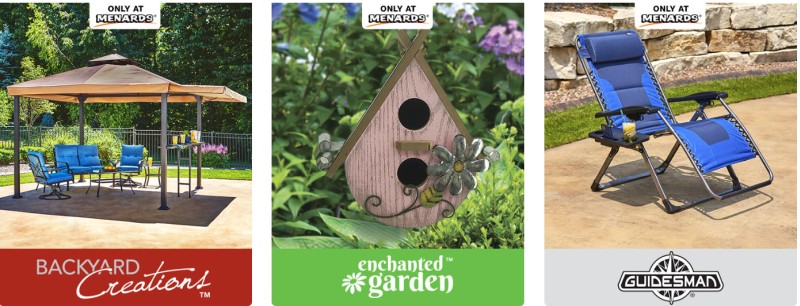
Patrons recognize the signature green exterior color emblazoned with the store name atop a swash of color, but they may not realize that this family-owned DIY empire began as a single store in Eau Claire, Wisconsin in 1958.
Menard’s expanded so rapidly, there are now 300 locations in Illinois, Indiana, Iowa, Kansas, Kentucky, Michigan, Minnesota, Missouri, Nebraska, North Dakota, Ohio, South Dakota, West Virginia, Wisconsin, and Wyoming.
Targeted advertising acumen has made chain’s “Save BIG Money” refrain familiar, but it’s rock-bottom warehouse prices and a vast product selection that makes Menard’s one of Home Depot’s biggest competitors.
4. Wayfair

The thought of turning to cyberspace to find a Home Depot experience was thought to be impossible by some – until Wayfair came along.
This brand, the brainchild of founders Niraj Shah and Steve Conine, turned home shopping on its ear in the early 2000s based on the theory that not every DIYer wants to shop crowded retail stores.
Wayfair’s sourcing makes this brand unique among competitors and shoppers in USA, Canada, the UK and Germany, all beneficiaries of this largesse, love searching for everything under the sun without having to leave home.
Their relentless online marketing campaign, sales and clearances deliver rewards in addition to saving shoppers money — just as long as those shoppers don’t mind waiting for their shipments to arrive.
5. Kohl’s
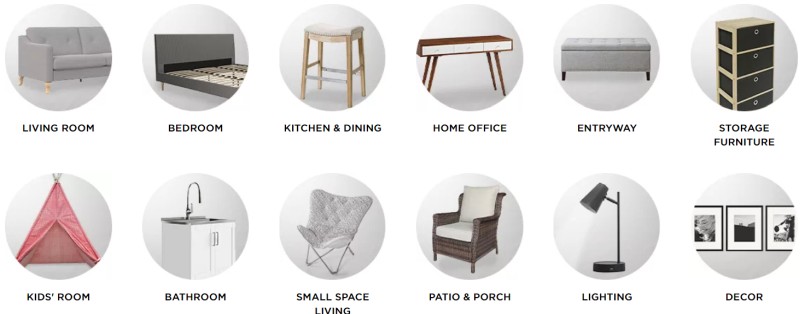
From bricks and mortar retail stores that advertise heavily in print and broadcast to an online presence that makes shopping for all manner of products (including clothing and jewelry) easy, Kohl’s stays above the fray as competitors have gone out of business.
Not exactly a DIY store, Kohl’s nevertheless offers decor and furnishing items that appeal to devoted consumers.
Established in Brookfield, Wisconsin in 1962, Kohl’s expanded to 76 Midwest locations before launching their online retail business.
Kohl’s corporate credits cyberspace with helping build brand recognition that now extends to 1,100 stores in 49 states in addition to its e-commerce platform.
6. Ace Hardware
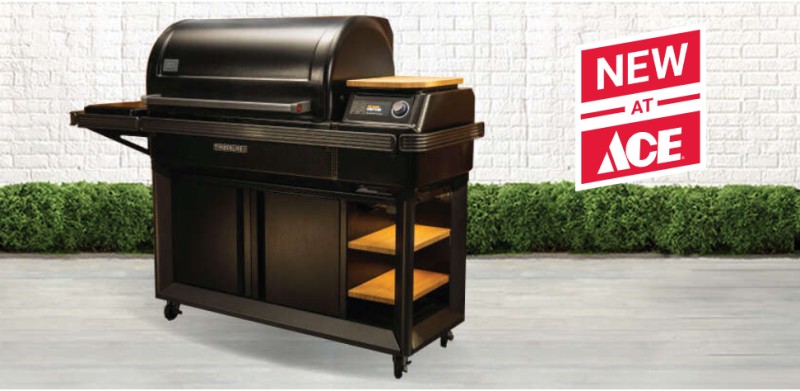
Though there are currently 5,000+ Ace retail locations in the nation, Ace Hardware still operates like a local shop where all manner of tools, supplies, paint, lawn, and garden products are for sale and shoppers can count on advice from the experts.
Founded in Chicago in 1924, Ace is the oldest and most well-known business on this list, this unlike the others, it’s “a retailer-owned cooperative where independent owners operate the majority of locations, even though it is sometimes considered a franchise system.”
This is likely why every shopper feels as though Ace offers an authentic neighborhood experience since the franchisee owner is likely to be a neighbor, too.
7. World Market
World Market is perhaps the most enticing business on this list. Launched in the 1950s by a San Francisco entrepreneur with a passion for travel, World Market began operation on the city’s piers where exotic goods like hand-woven wicker goods were sold directly from crates unloaded from docked ships.
With success came expansion. A storefront on Fisherman’s Wharf opened in 1958 that launched a national chain.
World Market remains the go-to destination for international foods, design inspiration, decorative accessories and unique items crafted by international artisans.
It’s the place to go for those eager to show off their taste for the unusual.
8. Pier 1 Imports

Launched more than 55 years ago, Pier 1 Imports is known for inspiring home decorators by offering a wealth of unique goods sourced from all parts of the world.
Patrons know that the newest and most unusual art, furniture, lighting, rugs, tableware, and décor can be found within these smaller boutiques that are filled with treasures.
As such, comparing this chain to Home Depot is a stretch. Pier 1 Imports touts its philosophy of being a socially conscious company, so if you worry about social issues at points of manufacture, this could be your number one destination, too.
9. IKEA
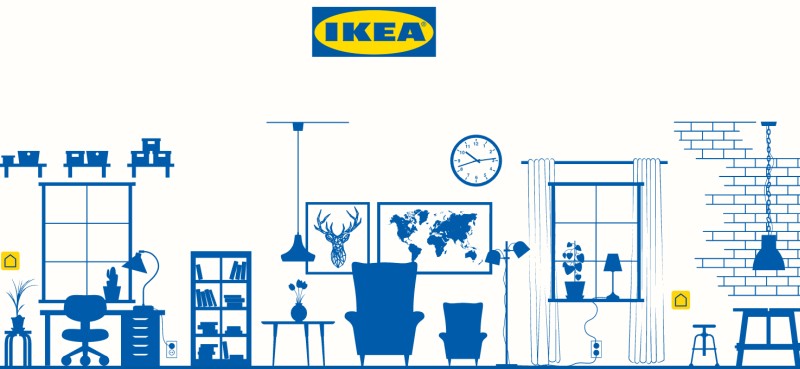
The concept was pure Swedish when in Älmhult, Sweden resident and IKEA founder Ingvar Kamprad’s opened his first retail shop in 1943.
IKEA — an acronym pairing the founder’s initials, the name of the farm on which he was raised and a nearby village – didn’t start stocking home furnishings until 1948 but since then, IKEA has become best known for its furnishings and anything related to homes.
IKEA not only launched a popular catalog but pioneered an in-house café serving Swedish foods.
Consumers are willing to drive long distances for an IKEA shopping experience, especially those craving a distinctly Scandinavian vibe when furnishing their digs.
10. Bed, Bath & Beyond

Dubbed the “golden child of big box stores” by Business Insider, Bed Bath & Beyond’s 1971 launch by entrepreneurs Warren Eisenberg and Leonard Feinstein proved that timing is everything.
Quickly becoming a recognizable brand, this chain employed a strategy of abundance, attracted shoppers who want to be overwhelmed by choices.
Growth throughout the 1980s remained steady despite competition as the chain altered its business model by creating superstores housing 20,000-square feet of merchandise.
Industry insiders say that the Bed, Bath and Beyond concept inspired Best Buy, Toys R Us and Costco startups.
Reaching $1 billion in sales in 1999, and with a 43-state presence, Bed, Bath & Beyond remains a shoppers favorite for more than just linens.
11. Costco
This membership-based chain arrived on the retail scene after Sam’s Club (owned by Walmart) helped establish the consumer warehouse model of doing business.
The multi-billion-dollar entity debuted in San Diego in 1976 under the Price Club brand name, originally established to serve small businesses exclusively.
Management came to the realization that Costco “could achieve far greater buying clout by also serving a selected audience of non-business members.”
Adopting the Costco name officially in 1993, this popular warehouse club has 206 locations, giving consumers tremendous buying power, especially for shoppers who want to buy in bulk.
12. Build
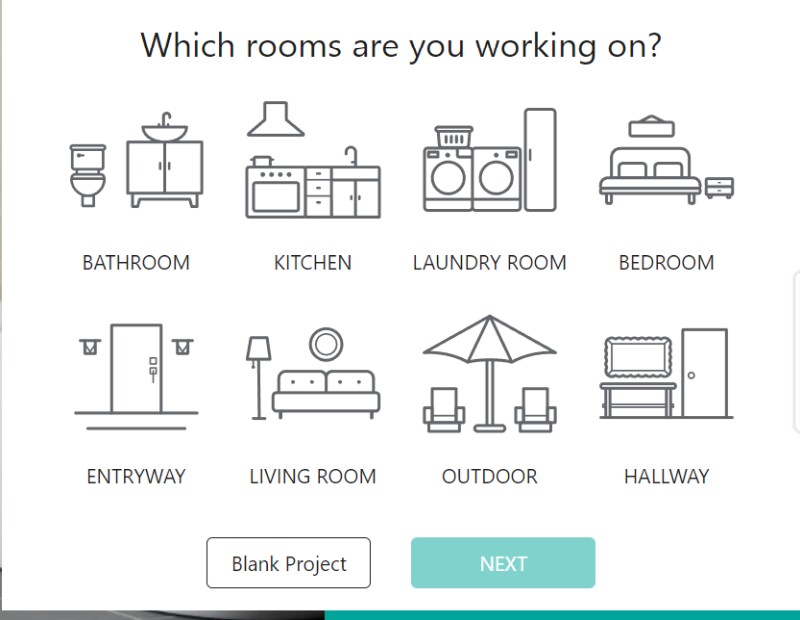
The official name is “Build with Ferguson,” and loyal patrons know that they can turn to this resource for a variety of projects, from updating a single room to building a house.
A wide variety of home improvement wares are found under one roof, from plumbing and lighting to hardware and appliances.
Build compares most closely to Home Depot, Menards, and Lowes, but the company has less of a national presence.
For shoppers who don’t live near a retail outlet, a visit to https://www.build.com/showroom offers a place to browse before placing orders and if you spend at least $49, standard ground shipping is free.
13. Floor & Decor
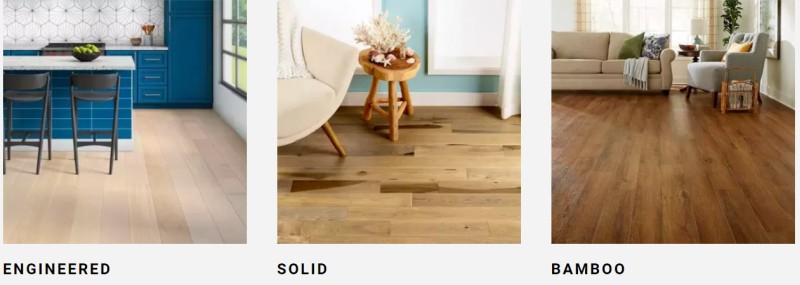
Floor & Décor calls itself “a leading specialty retailer of hard surface flooring with the broadest selection of tile, wood, stone, related tools, and flooring accessories at everyday low prices.”
Founded in 2000 in Atlanta, Floor & Décor was named a Fortune 100 “fast-growing company,” and currently consists of 160 warehouse-format stores and two design studios across 33 states.
These self-described superstores offer “warehouse prices with showroom quality,” sourced from international manufacturers and quarries, yet the brand strives to give customers a “local shopping experience” that appeals to a unique universe of DIY designers.
14. Rockler

Rockler Woodworking and Hardware has been around since 1954, when Norton Rockler started the Minnesota Woodworkers Supply Company as a small mail-order business.
Over 68 years, it morphed into what current family member-owners call a “woodworkers’ go-to resource for everything they need to complete their projects.”
Operating stores in 23 states and hosting an online presence, Rocklers is stocking more “green products” to promote recycling and support sustainable forest growth through the Hardwood Forestry Fund.
Though an ideal resource for woodworking hobbyists, Rockler is no Home Depot, but its efforts to promote hardwood tree planting for future generations are admirable.
15. True Value

True Value is best compared to Ace Hardware in terms of merchandise selection and operation.
Established in 1948 by John Cotter who opened his first hardware store at age 12, Cotter not only implemented an aggressive acquisition plan over the years but he legally obtained the True Value trademark.
Unlike traditional franchises, investors need no start-up cash or franchise fee to operate a True Value retail business.
Owners even have the option of using the name True Value, so if you patronize these stores, you are supporting local owners rather than big box stores like Home Depot.
Related Posts
- Home Renovation and Safety – What You Should Know Before You Do-It-Yourself
- Comparison of HardieBacker Cement Board vs Plywood For Tiling Projects
- 6 Great Alternatives to HardieBacker Cement Board
- Comparison of WonderBoard vs GoBoard Used as Tile Backer Boards
- How Much Does it Cost to Furnish a House – Living Room,Bedroom,Kitchen etc
- 5 Benefits of Spray Foam Insulation During Summer
Update this to take out BED BATH AND BEYOND. Otherwise goo info. Thanks